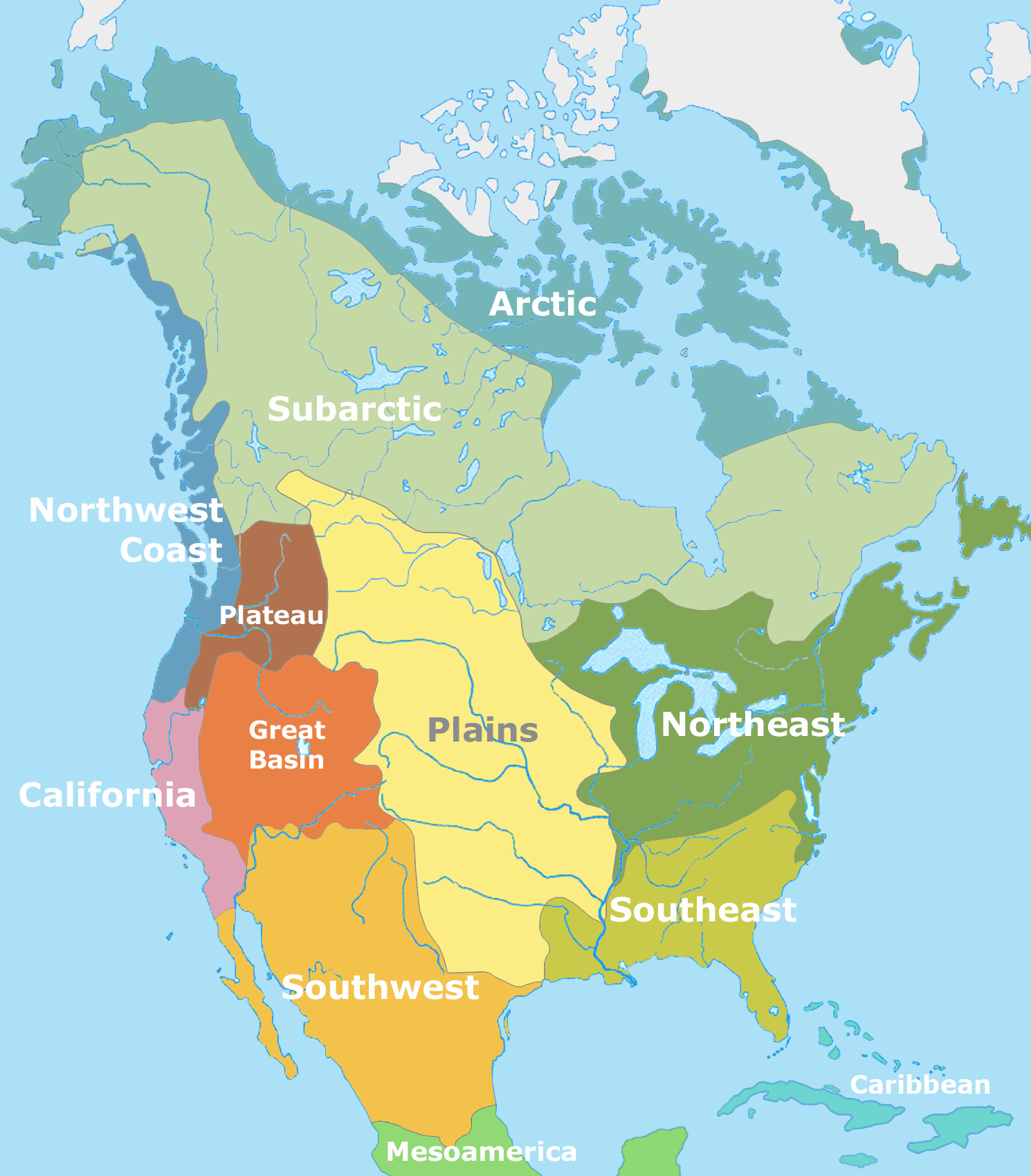|
Trudy Griffin-Pierce
Trudy Ann Griffin-Pierce (December 27, 1949 – January 6, 2009) was an American medical anthropologist, writer and artist. At the time of her death she was an associate professor of anthropology at the University of Arizona. Biography Trudy Ann Griffin was born 27 December 1949 in Spartanburg, South Carolina. She was of Catawba Indian heritage, and from a young age was fascinated with the Navajo people. Her father was in the U.S. Air Force, which saw the family move regularly. Her mother died when Griffin was 16. Griffin graduated from Florida State University with a bachelor of fine arts. Whilst a student she contacted the chairman of the Navajo Tribe, Raymond Nakai, asking to join a Navajo family. She was put in touch with a family in Many Farms, Arizona who informally adopted her, and taught her the Navajo language and culture. Griffin enrolled at the University of Arizona to study fine arts, before switching and graduating with a MA in museum studies in 1970. Griffi ... [...More Info...] [...Related Items...] OR: [Wikipedia] [Google] [Baidu] |
Medical Anthropologist
Medical anthropology studies "human health and disease, health care systems, and biocultural adaptation". It views humans from multidimensional and ecological perspectives. It is one of the most highly developed areas of anthropology and applied anthropology, and is a subfield of social and cultural anthropology that examines the ways in which culture and society are organized around or influenced by issues of health, health care and related issues. The term "medical anthropology" has been used since 1963 as a label for empirical research and theoretical production by anthropologists into the social processes and cultural representations of health, illness and the nursing/care practices associated with these. Furthermore, in Europe the terms "anthropology of medicine", "anthropology of health" and "anthropology of illness" have also been used, and "medical anthropology", was also a translation of the 19th century Dutch term "medische anthropologie". This term was chosen by some ... [...More Info...] [...Related Items...] OR: [Wikipedia] [Google] [Baidu] |
Navajo Language
Navajo or Navaho (; Navajo: or ) is a Southern Athabaskan language of the Na-Dené family, through which it is related to languages spoken across the western areas of North America. Navajo is spoken primarily in the Southwestern United States, especially on the Navajo Nation. It is one of the most widely spoken Native American languages and is the most widely spoken north of the Mexico–United States border, with almost 170,000 Americans speaking Navajo at home as of 2011. The language has struggled to keep a healthy speaker base, although this problem has been alleviated to some extent by extensive education programs in the Navajo Nation, including the creation of versions of the films Finding Nemo and Star Wars dubbed into Navajo. The United States in World War II used the Navajo language to develop a system of code talkers to relay messages that could not be cracked. Navajo has a fairly large phoneme inventory, including several uncommon consonants that are not found in ... [...More Info...] [...Related Items...] OR: [Wikipedia] [Google] [Baidu] |
Native American Cultures In The United States
Native American cultures across the United States are notable for their wide variety and diversity of lifestyles, regalia, art forms and beliefs. The culture of indigenous North America is usually defined by the concept of the Pre-Columbian culture area, namely a geographical region where shared cultural traits occur. The northwest culture area, for example shared common traits such as salmon fishing, woodworking, large villages or towns and a hierarchical social structure. Though cultural features, language, clothing, and customs vary enormously from one tribe to another, there are certain elements which are encountered frequently and shared by many tribes. Early European American scholars described the Native Americans as having a society dominated by clans. European colonization of the Americas had a major impact on Native American culture through what is known as the Columbian exchange. The Columbian exchange, also known as the Columbian interchange, was the widespread t ... [...More Info...] [...Related Items...] OR: [Wikipedia] [Google] [Baidu] |

